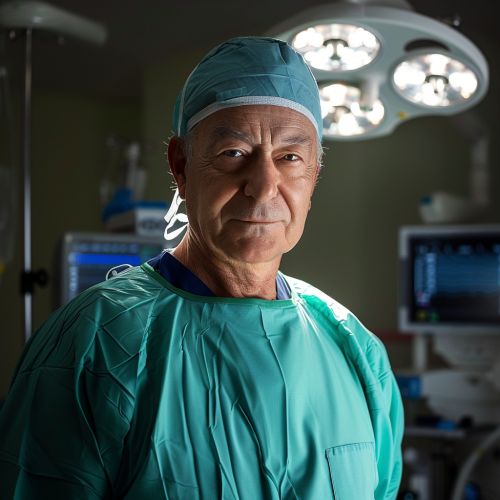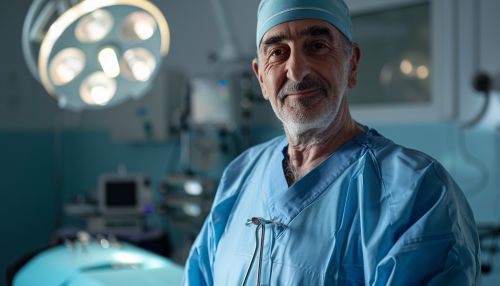Mathieu Jaboulay
Early Life and Education
Mathieu Jaboulay was born on July 31, 1860, in Saint-Genis-Laval, France. He pursued his medical education at the University of Lyon, where he developed a keen interest in surgery. After completing his medical degree, Jaboulay continued his training under the mentorship of prominent surgeons of his time, which significantly shaped his future contributions to the field of surgery.
Medical Career
Early Surgical Work
Jaboulay began his career as a surgeon in Lyon, where he quickly gained a reputation for his meticulous surgical techniques and innovative approaches. His early work focused on general surgery, but he soon specialized in vascular and abdominal surgery. Jaboulay's dedication to improving surgical outcomes led him to experiment with various techniques and instruments, many of which he developed himself.
Vascular Surgery
One of Jaboulay's most significant contributions to medicine was in the field of vascular surgery. He pioneered techniques for arterial anastomosis, which is the surgical connection between two blood vessels. This was a groundbreaking development at the time, as it allowed for more effective treatments of vascular diseases and injuries. Jaboulay's methods laid the foundation for modern vascular surgery and have been refined and expanded upon by subsequent generations of surgeons.


Abdominal Surgery
In addition to his work in vascular surgery, Jaboulay made significant advancements in abdominal surgery. He developed new techniques for the treatment of abdominal hernias and other complex conditions. His innovative methods improved patient outcomes and reduced the risk of complications, making abdominal surgery safer and more effective.
Innovations and Techniques
Jaboulay's Anastomosis
One of Jaboulay's most notable innovations was the development of Jaboulay's anastomosis. This technique involves the end-to-end connection of blood vessels without the use of sutures. Instead, Jaboulay employed metal rings to hold the vessels together, which allowed for quicker and more secure healing. This method was particularly useful in cases where traditional suturing was difficult or impossible.
Surgical Instruments
Jaboulay was also an inventor of surgical instruments. He designed several tools that improved the precision and safety of surgical procedures. Among these were specialized forceps and clamps that are still in use today, albeit in more modern forms. His contributions to surgical instrumentation have had a lasting impact on the field.
Legacy and Impact
Mathieu Jaboulay's work has had a profound influence on modern surgery. His pioneering techniques and innovations have saved countless lives and continue to be the basis for many surgical procedures today. Jaboulay's dedication to improving surgical outcomes and his willingness to experiment with new methods have made him a revered figure in the history of medicine.
